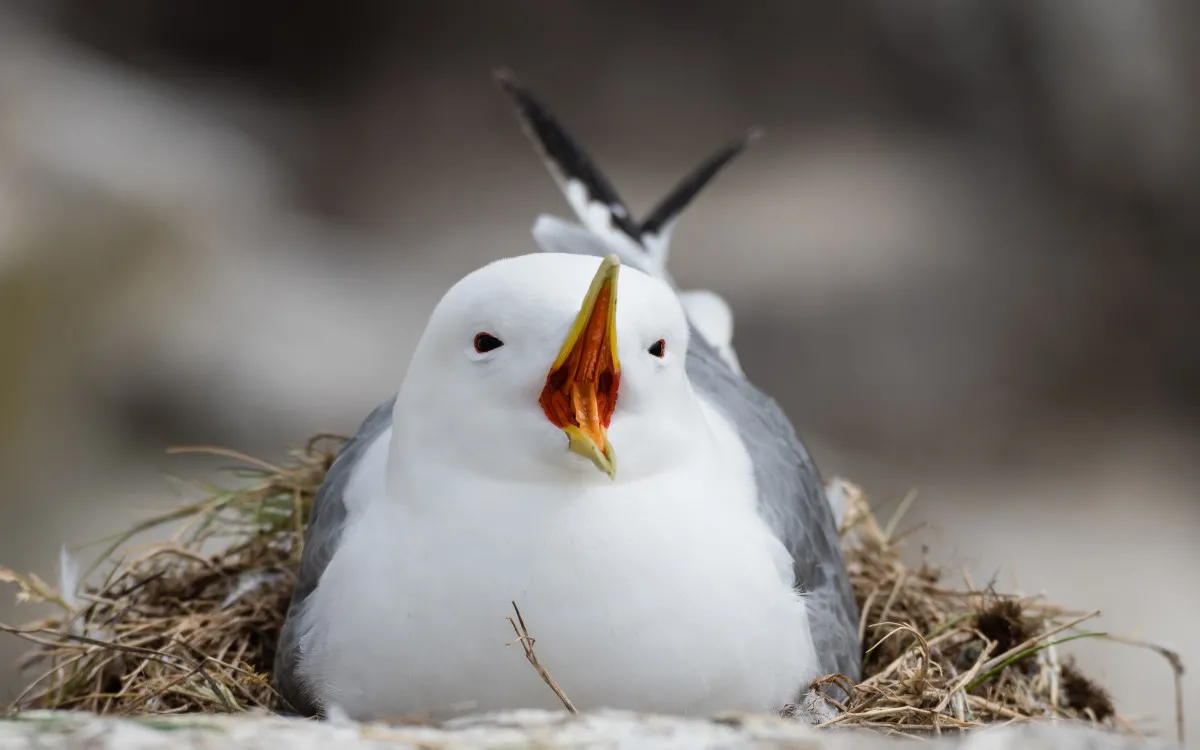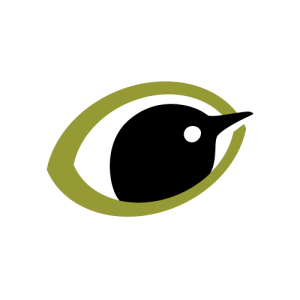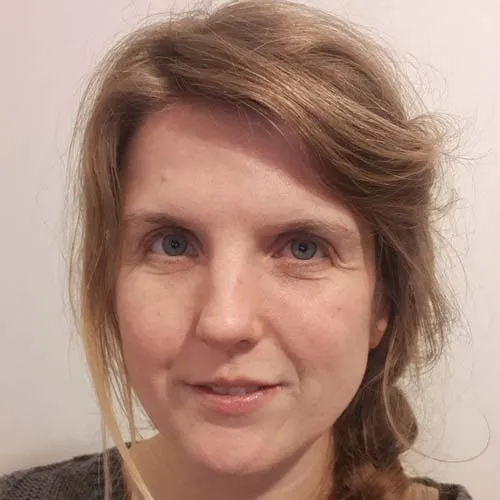Citation

Arolwg
BTO research underlines the importance of assessing the impact of tagging on a species by species basis, and suggests that the tag-attachment methods successfully used on other seabird species might not be suitable for Red-listed Kittiwakes.
In more detail
Biologging devices including GPS and satellite tags, which attach to individual animals and collect information on their movements, are increasingly deployed in ecology and conservation research. They can be particularly useful for species like seabirds, which are otherwise hard to monitor as they spend so much of their lives in inaccessible environments. Many seabird species spend most of their lives far out in the open ocean, where visual surveillance, particularly of focal individuals, is almost impossible. Even when they come to land, during the breeding season, their breeding sites may be on dangerous cliff ledges or deep, fragile burrows. At the same time, large numbers of seabird species are in decline, so it is essential to better understand their life cycles to identify pinch points and effectively target conservation action.
BTO scientists have been attaching GPS devices to seabirds for more than a decade. While this has proved successful for some species, including Herring Gulls and Lesser Black-backed Gulls, it has been problematic for others. For example, Great Skuas failed to return to their nest sites the year after they were GPS-tagged, leading BTO to cancel this particular strand of research.
In this study, BTO scientists collaborated with others to assess the impact of attaching tagging devices to Kittiwakes breeding in the UK and Norway. The Kittiwake is on the UK Birds of Conservation Concern Red List, having undergone a sharp reduction in numbers in recent decades. It is a small, surface feeding gull that has a more maritime lifestyle than other gull species successfully tagged by BTO. The researchers trialled different harness types for attaching tags – one that looped around the birds’ legs, and another that fitted around the birds’ wings and thorax – and then recaptured the birds 10-24 days later to examine whether there had been any adverse effects. They also monitored the birds at their breeding colony, and compared their behaviour to that of control birds, which were captured and ringed, but were not fitted with a tracking device.
The study showed damage to the tagged Kittiwakes’ feathers and skin around the area under the tag and the tag’s harness. This damage, which included feather wear and skin lesions, was worse for the thoracic harness than for the leg-loop version – the birds fitted with leg-loop harnesses showed abrasion to the feathers but not the skin. Kittiwakes are known to lose weight during the breeding season, but this effect was marginally worse in tagged birds than in the control cohort.
As a result of this study, the authors recommend that thoracic harnesses should not be used on Kittiwakes. Leg-loop harnesses could still be a viable option, especially if different harness materials are trialled, for example those that are more elastic than the Teflon cord used in this study. This work underlines the importance of continually assessing the suitability of tracking technology for different species, and reporting unsuccessful results to both ensure negative impacts are not repeated between multiple studies but also to improve overall practice. Small differences in the materials, design or procedure can be very important in tracking studies and through continual appraisal, some species can now be safely tracked which could not have been previously.
Fieldwork in Norway was funded by the French Polar Institute (IPEV, programme 333 PARASITO-ARCTIQUE) and OSU-OREME. In Norway, help to deploy the loggers was provided by Lech Iliszko. In the UK, the authors are grateful to the European Offshore Wind Deployment Centre (Vattenfall) and Department for Business, Energy and Industrial Strategy’s (BEIS) Offshore Energy SEA programme for their support with funding. Access to the study site was arranged by members of the Grampian Ringing Group.
Abstract
Biologging is a routine technique for investigating movements and behaviours of birds in ecology, needing harnesses to attach devices to birds when long-term data of high spatial resolution are required. Evaluating the impacts on individuals of those devices and their attachment methods is important to maintain both animal welfare and the validity of data. In two independent trials of harnesses on Black-legged Kittiwake Rissa tridactyla, in Norway and the UK, harnesses were constructed from Teflon ribbon and deployed on breeding adults using two different attachment methods, a leg-loop (UK; n = 3) and thoracic cross-strap harness (UK; n = 3, Norway; n = 2). The birds were later recaptured and the harness fit and bird condition inspected. We found acute impacts from the harnesses of varying extent and severity, including abrasion and small lesions where the device or harness was sitting. Generally, the thoracic harness design caused more severe impacts, but some signs of feather abrasion were also evident on leg-loop individuals. While there was an apparently larger impact of thoracic harnesses on daily mass loss between recaptures compared with untagged or leg-loop individuals, the low sample sizes denied us statistically meaningful results. Continual appraisal in biologging studies is important, especially when studying a novel combination of species and attachment methods, even if those methods have been demonstrated to be safe and effective with similar taxa. Given the degree of abrasion reported here, we would not recommend the use of thoracic harnesses for Kittiwakes. However, leg-loops may be a viable alternative if different materials or design are used, provided that the impacts can be closely monitored and reported.



